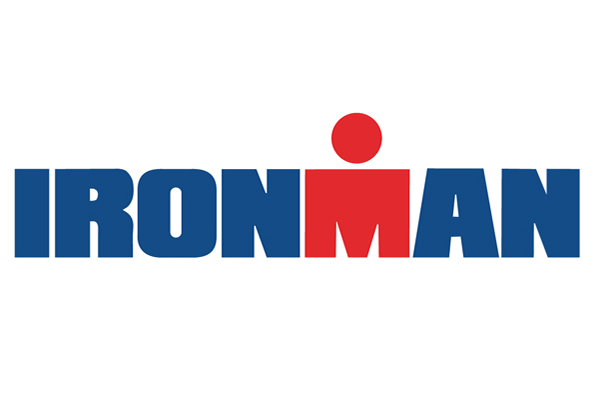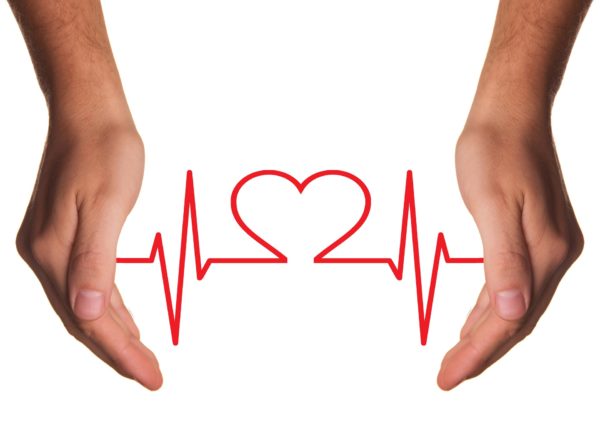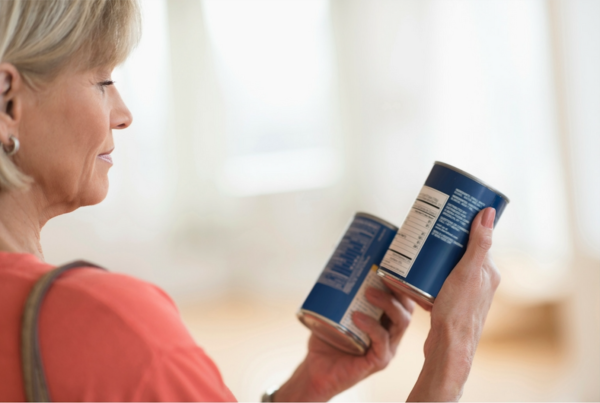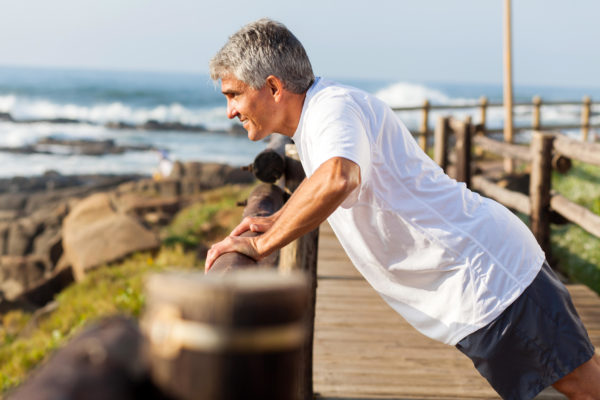Written by Myles Spar
Posted on: December 19, 2017
Share This

With all the rich meals, sugary treats, and heated political discussions over the dinner table, the holidays can be hard on your cardiovascular system. Here are five simple ways to keep your heart healthy this season.
1. Lower Your Stress Levels
While the holiday season may be the most wonderful time of the year, it’s also one of the most stressful. Since chronic stress has been linked to heart disease, it’s important to find ways to manage it. As I explain here, I love meditation for stress relief. This practice of focusing on the present has tons of science supporting its efficacy. In one study, people with generalized anxiety who followed a stress-reduction program based on mindfulness were considerably less anxious than those in a control group who were taught other stress management techniques. Another study found health care professionals who participated in a mindfulness program reported significantly less stress and more self-compassion compared to a control group. Interested in learning more about meditation but not sure where to start? Check out my list of five smartphone apps to help you stay mindful.
2. Don’t Skip Your Workout
Not only does exercise help you burn off that second helping of mashed potatoes, it also lowers your levels of stress hormones like cortisol and adrenaline. When family gets you wound up, lace up those sneakers and sweat it out. One study published in the Journal of Neuroscience found physical activity can even re-organize your brain so it responds less to stress. When mice were divided into two groups—one with free access to a running wheel and one without—and exposed to stress, the brains of mice who were allowed to run experienced a jump in neurons responsible for shutting down excitement in the the part of the brain known to regulate anxiety. Neurons in the runner mice also released more gamma-aminobutyric acid (GABA), a calming neurotransmitter. For overall cardiovascular health, the American Heart Association recommends at least thirty minutes of moderately intense aerobic activity like walking, jogging, or biking at least five days per week.
3. Eat Good Fat
In 2013, a high-profile study found people who ate a diet high in unsaturated fats drastically reduced their risk of cardiovascular disease. Since then, research supporting the heart and health benefits of “good” fat has continued to pile up. According to the Mayo Clinic, the omega-3 fatty acids found in cold water fish like salmon, sardines, and tuna have been shown to be particularly cardio-protective. Omega-3s may be especially beneficial for people who’ve recently had a heart problem, according to an American Heart Association advisory. Their study showed a daily 1,000 mg dose of fish oil could reduce the risk of death from cardiovascular disease by 10% in heart attack and heart failure patients. And, much like fish oil, olive oil seems to be of special help to people at risk of developing heart problems. One randomized clinical trial found a link between olive oil consumption and reduced risks of cardiovascular disease and mortality in individuals at high cardiovascular risk.
4. Raise A Glass of Wine
When deciding what to drink with a holiday meal or when celebrating the season with friends, choose red wine. Not only does alcohol in general bump up your HDL (“good”) cholesterol, research supports the moderate consumption of red wine for heart health. According to the Mayo Clinic, antioxidants in red wine called polyphenols may help protect the lining of blood vessels in your heart. A specific polyphenol, resveratrol, could also reduce LDL (“bad”) cholesterol and prevent clotting. Feel free to enjoy a glass or two knowing you’re boosting your cardiovascular health in the process.
5. Hit The Veggie Tray
Science shows eating more vegetables is a good way to protect your heart—an analysis published in the journal Stroke found you can decrease your stroke risk by 11 percent for every extra 200 gm of vegetables you eat. Not only are these foods high in nutrients and low in calories, but many of them contain heart-healthy compounds. Consider kale: topping the index of nutritionally-dense foods created by Joel Fuhrman, MD, bestselling author of Eat to Live, this powerhouse plant contains a protein called Nrf2 that can prevent plaque from sticking to your arteries.
You don’t have to give up on your goals just because it’s the holiday season. See my post here for more tips on how to stay healthy over the holidays.









